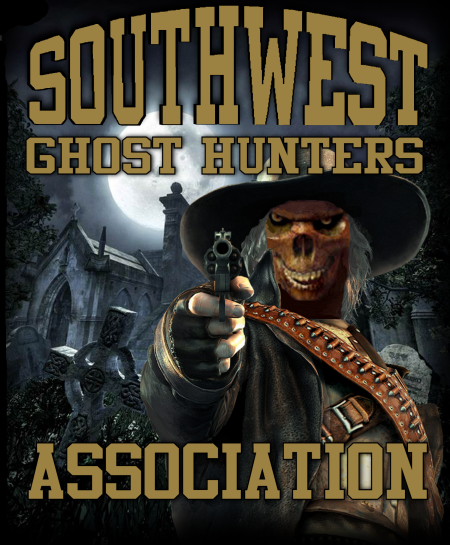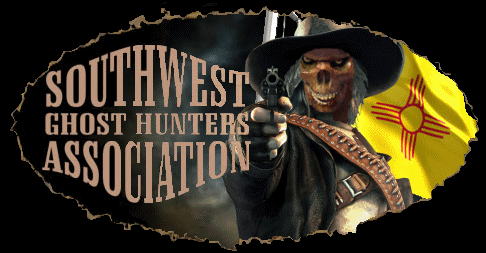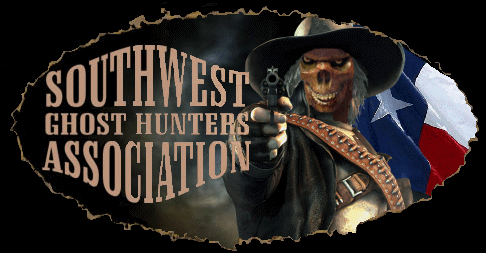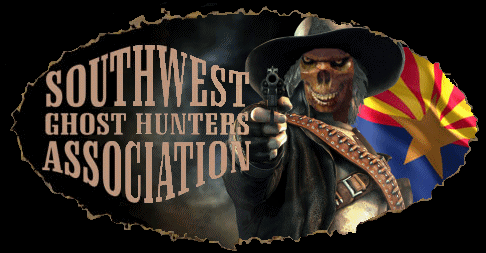
About Us
The ghost hunters interview the witnesses and are searching for specific information from the systematic studies that have been done by various parapsychologists over the past 140 years. This information has been compiled and is known internally as the Gurney/Myers Standard. It is essential to understand that other organizations have different names for this standard (the SPR Standard and the Standard for Spectral Phenomenon for instance), however the importance of the standard is vital if you are serious about investigating hauntings and ghosts. People have "paranormal" experiences all the time, and most are explainable through psychology due to the effects of one's belief system, worldview and the bias that they create.
The basis of the standard is actually quite simple. It takes an approach of eliminating the known factors that can be identified and accessed in their validity and to examine the traits of apparitions and hauntings as defined by the systematic studies. While it cannot be used to prove a haunting, it can be used to eliminate the common factors that create legends and myths. If the standard is met, the mystery will still remain (as does the possibility of a paranormal oriented cause).
The goal of the investigators is to attempt to identify and/or replicate any natural or manmade causes of the reported phenomena, search for alternative explanations and to challenge the findings of the ghost hunters.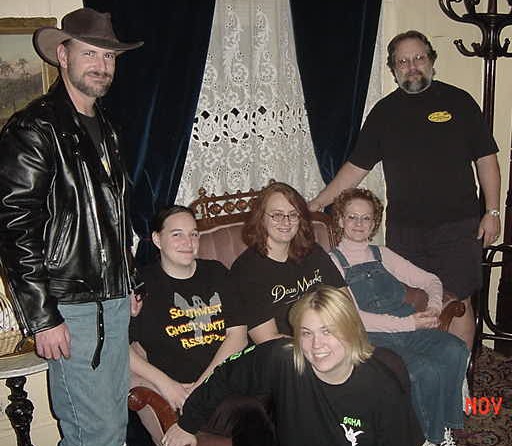
In the beginning, when it was just the five of us, everything ran well. Our friendship enabled us to communicate despite having different worldviews and objectives. However, when the group began taking on new members, several issues started to cause problems. To be quite honest, the issues were often on the side of the believers who thought that their perspectives on specific investigative issues were being prematurely dismissed by armchair skepticism. This was eventually solved through the addition of new by-laws or modifications to the group's operational procedures.
The by-laws were never meant to limit the field of inquiry, only to ensure that the methodology used was not only consistent but also used the same base criteria applied to the field observations. The operational procedures were there to ensure that the field observations were recorded and analyzed by the same people utilizing the same operational procedure. This was essential if we wanted any of the results of the group to be repeatable.
As time passed, others interested in the hobby noticed what we were doing and wanted to join in and help. This, combined with the mobile nature of being in the military, created satellite teams that spanned across the American Southwest and the Southwest Ghost Hunter's Association was born. Soon other teams began to join us, agreeing to use our methods in exchange for sharing information and resources. Those teams simply became charters of the core group, yet maintained their original identity.
The influence of the ghost hunting TV shows had a negative effect as it promoted the "entertainment only" style of "investigating" to the world. By 2009, only the core group remained, residing in Albuquerque, New Mexico.
This leads us to the current state of the organization. The main group is doing very well, still active, and continues to investigate the haunted places in the Southwest.
